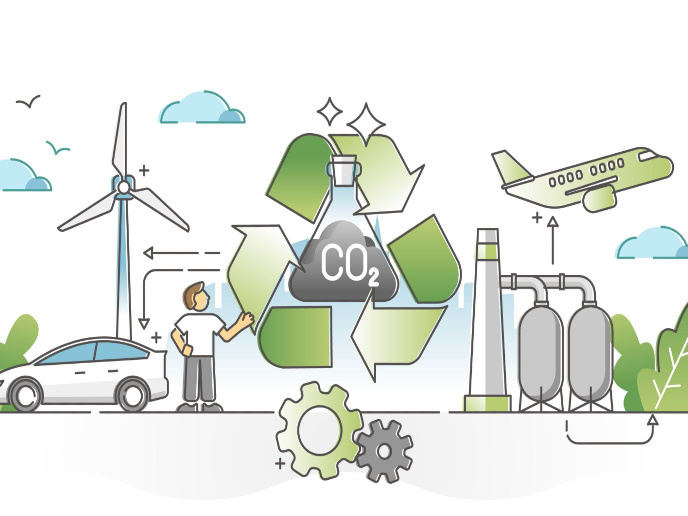Sunlight can turn seawater into hydrogen
The sunlight-induced electrochemical reaction that decomposes water into its constituent hydrogen and oxygen molecules has been known for decades. However, it has taken this long for photoelectrochemical (PEC) hydrogen production to become technically feasible. Within the EU-funded project SOLAROGENIX(opens in new window) (Visible-light active metal oxide nano-catalysts for sustainable solar hydrogen production), researchers have overcome the stumbling block to direct conversion of solar energy into chemical energy. They developed nano-structured photocatalysts and hybrid materials to increase PEC hydrogen production. Nano-structured metal oxide semiconductors are promising overall. They tend to either absorb well or split saline water into oxygen and hydrogen well, but not both. The SOLAROGENIX team therefore focused on nano-structured water-oxidising catalysts like titanium oxide, iron(III) oxide and tungsten trioxide. The exact effects on PEC efficiency of doping and of structuring at different length scales was investigated in detail both experimentally and with atomistic simulations. A library of water-oxidising catalysts was created, and extensive characterisation led to a selection of the most promising ones. In the next project phase, researchers optimised large-scale production processes for the selected materials with the end goal of implementing them in a module-sized demonstrator. This enabled not only assessment of performance but also an estimate of cost effectiveness, leading to a business development plan. SOLAROGENIX work has paved the way to sustainable, cost-effective and eco-friendly solar hydrogen production from seawater. A major step has been made towards industrial-scale fabrication of solar water-splitting cells and meeting the global energy demands.







